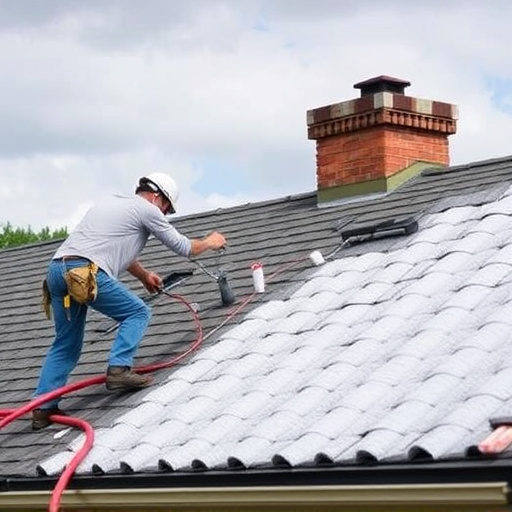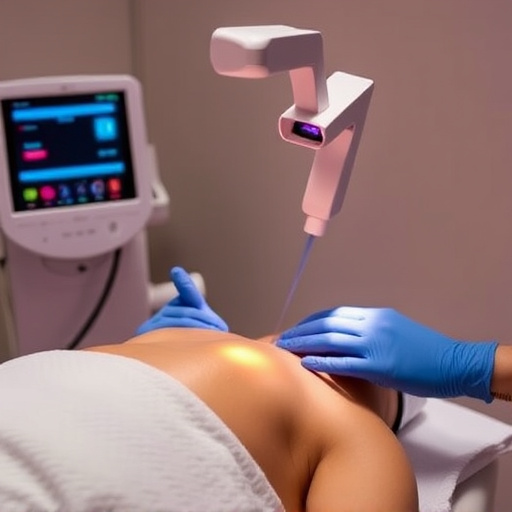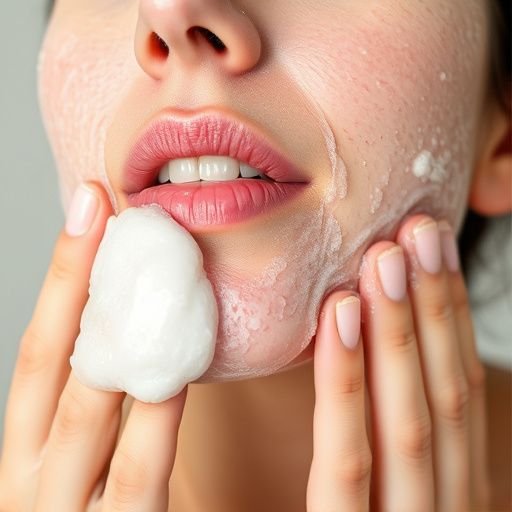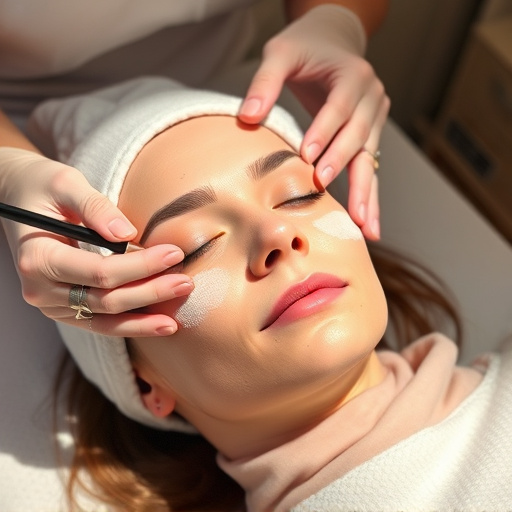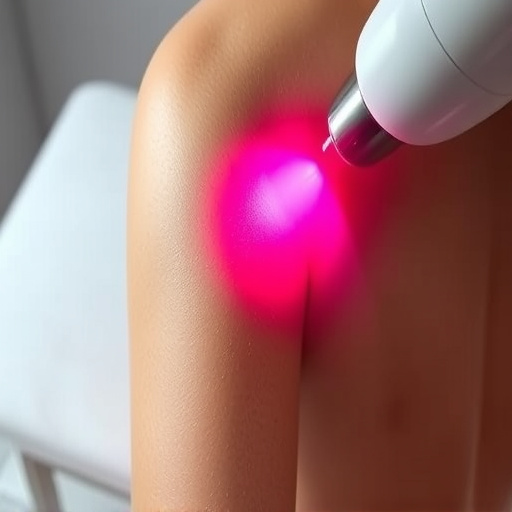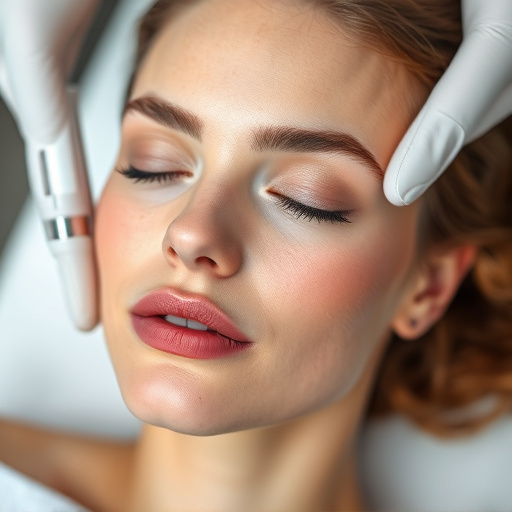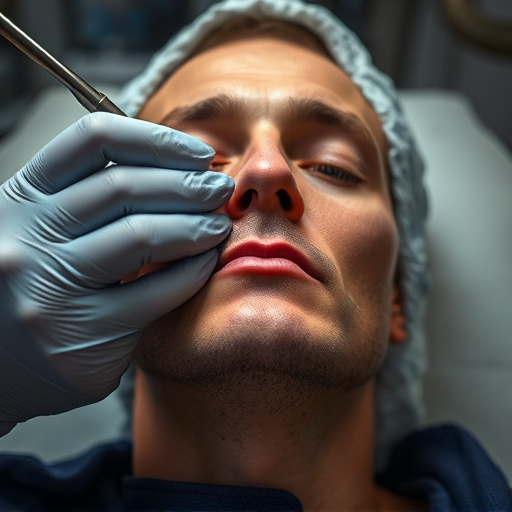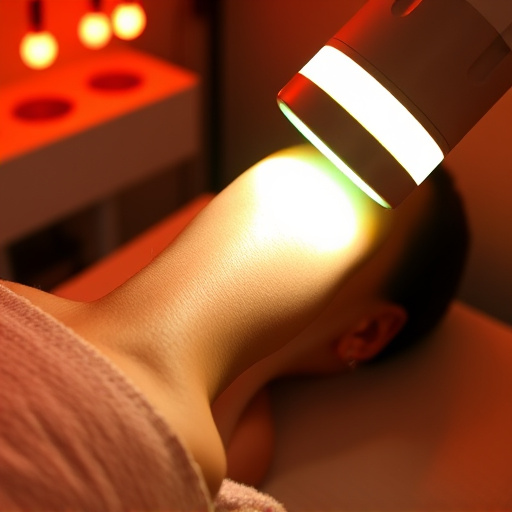Post mole removal service, prioritize skin care with gentle cleaning, moisture, and protection. Expect healing stages including redness, swelling, and crusting, with potential temporary scarring. Incorporate anti-aging treatments for enhanced results, preventing future concerns. Monitor your skin diligently for signs of infection or unexpected changes, contacting healthcare promptly if issues arise for optimal mole removal service recovery.
After a successful mole removal service, proper healing is essential. This article guides you through understanding your skin’s natural healing process and offers practical tips for optimal results. From caring for the treated area to monitoring potential complications, these steps ensure your skin heals smoothly. Learn how to maintain skin health post-procedure and recognize early signs of issues, ensuring peace of mind and promoting effective healing.
- Understanding Your Skin's Healing Process After Mole Removal
- Care and Maintenance: Post-Procedure Tips for Optimal Results
- Monitoring Your Skin: Recognizing Potential Complications Early On
Understanding Your Skin's Healing Process After Mole Removal
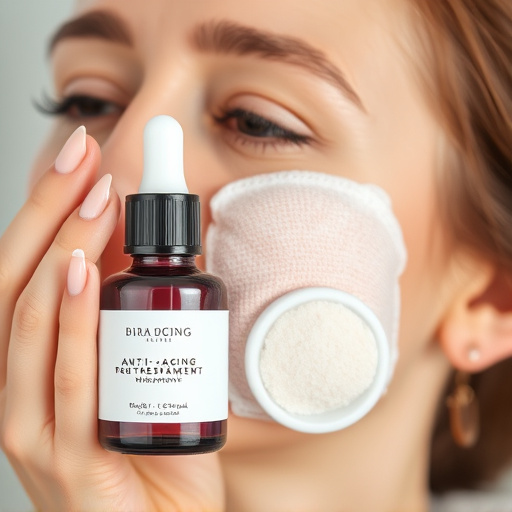
After a mole removal service session, understanding your skin’s natural healing process is crucial for optimal recovery. The first few days post-procedure involve inflammation and mild discomfort as your body initiates the healing phase. During this time, it’s essential to keep the treated area clean and moisturized to facilitate the body contouring of the skin.
As your skin begins to heal, it’s normal to observe redness, swelling, and crusting. This is part of the natural process that helps in skin rejuvenation. Additionally, the removal may leave behind temporary scars or marks, but these often fade over time, especially with proper aftercare. Incorporating anti aging treatments into your skincare routine can further enhance healing and prevent future mole concerns, ensuring your skin appears healthy and rejuvenated.
Care and Maintenance: Post-Procedure Tips for Optimal Results
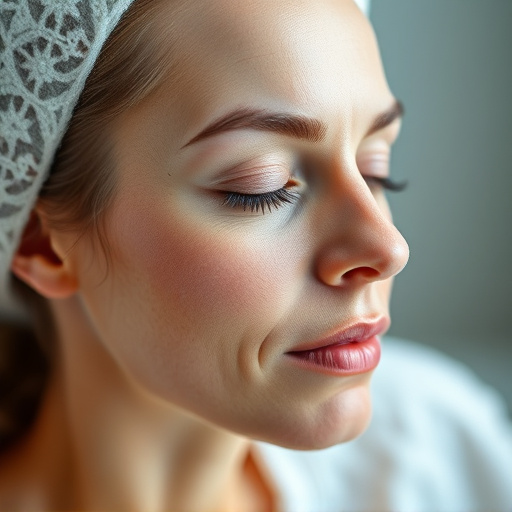
After your mole removal service session, proper care and maintenance are essential for optimal results. It’s crucial to keep the treated area clean and dry; gently wash it with mild soap and water, avoiding harsh scrubs or products that may irritate the skin. Pat the area dry softly, applying a thin layer of professional skincare ointment recommended by your provider to promote healing.
To enhance the recovery process, consider supporting the area with light, breathable bandages if necessary, protecting it from sun exposure while it heals. Additionally, incorporate gentle microneedling therapy or aesthetic treatments into your post-procedure routine, as these can stimulate collagen production and accelerate skin repair. Remember to be patient; healing times vary, so follow your healthcare provider’s instructions diligently for the best outcomes.
Monitoring Your Skin: Recognizing Potential Complications Early On

After a mole removal service session, monitoring your skin closely is crucial for ensuring a smooth healing process and recognizing any potential complications early on. It’s important to keep an eye out for signs of infection, such as redness, swelling, warmth, or pus at the treatment site. These symptoms could indicate a bacterial or fungal infection that requires prompt medical attention. Regularly inspect your skin in natural light, using a magnifying glass if needed, to track any changes in the appearance of nearby moles or patches.
Additionally, be vigilant for unexpected developments like increased pain, bleeding, or formation of keloid scars, which might necessitate contacting your healthcare provider. Effective monitoring allows for timely intervention should any issues arise, promoting optimal healing and minimizing risks associated with mole removal procedures. Remember that personalized skincare and non-surgical treatments offer various solutions to support your skin’s well-being during and after the recovery period.
After a successful mole removal service, proper care is essential for optimal healing. Understanding your skin’s natural healing process and following post-procedure tips will ensure the best possible results. Regularly monitor your skin to recognize any potential complications early on, allowing you to take prompt action and maintain healthy, clear skin.



